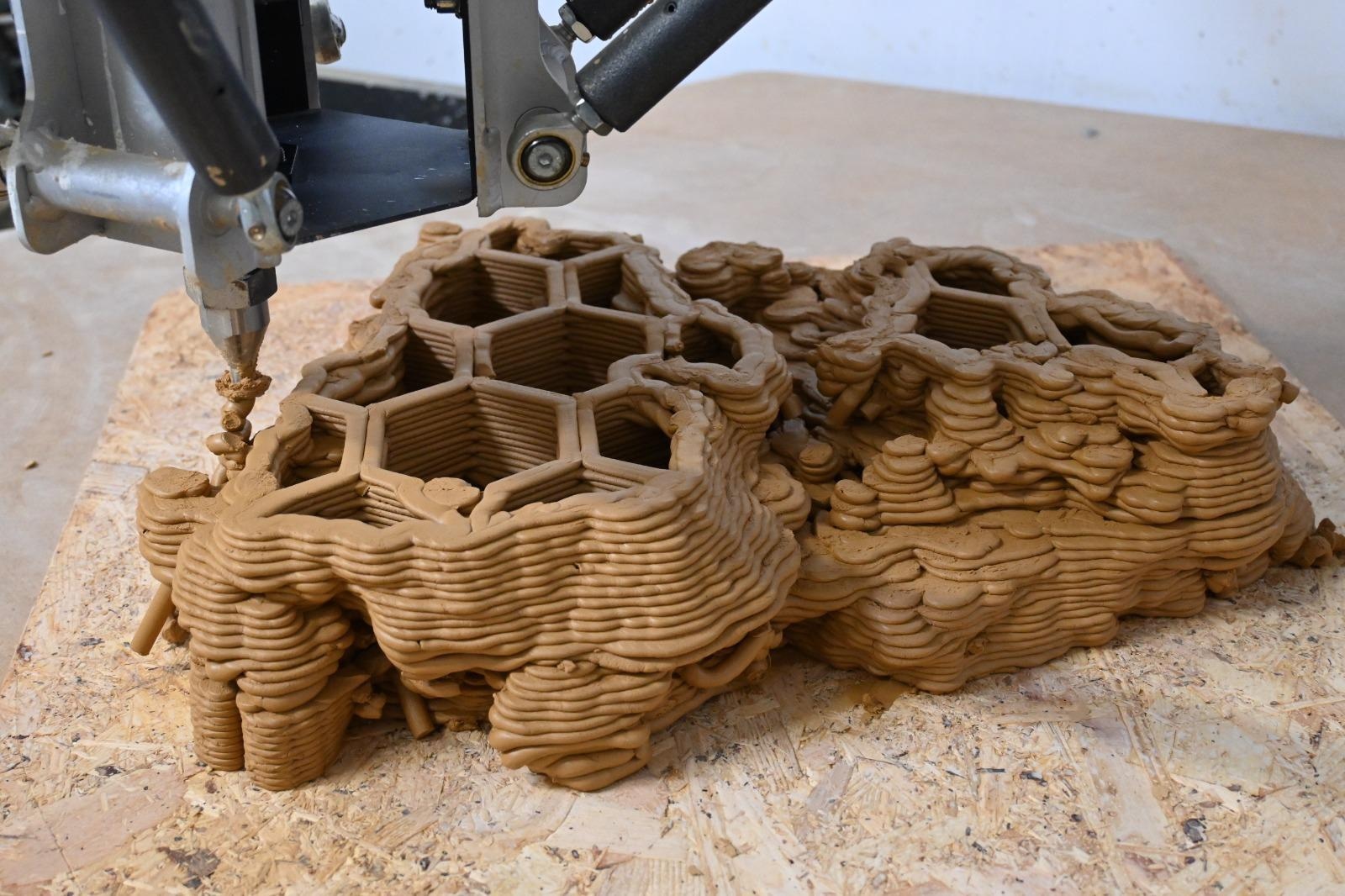Coral reef ecosystems face several global threats, including climate change and increased urbanization in coastal regions. However, a team from Bar- Ilan University, Israel, has developed a 3D printing method that could help with the conservation of coral reef systems.
 Image Credit: Biu.ac.il. (2022) Reforming Coral Reefs Using 3D Printing. [online] Available at: https://www.biu.ac.il/en/article/11141
Image Credit: Biu.ac.il. (2022) Reforming Coral Reefs Using 3D Printing. [online] Available at: https://www.biu.ac.il/en/article/11141
Published in the journal Science of the Total Environment, the paper reveals that while the novel method was based on reef formations off the coastal region near the Israeli city of Eilat, the model can be modified to suit other habitats.
Examining how to conserve the biodiversity of coral reefs is a key issue, but there is also an urgent need to invest in technology that can improve the coral ecosystem and our understanding of the reef environment.
Natalie Levy, Ph.D. Student, Bar-Ilan University, Israel
Printing Biomimetic Structures
Previous attempts at replicating reef systems in artificial structures have faced challenges when replicating the complexity of coral habitats and scaling them as such can be problematic in terms of design and production.
The first stage of the novel process that the Israeli researchers have developed begins with producing a 3D model based on visual data taken from a series of underwater photographs of a particular region. Thousands of images are scanned and sent to the laboratory to calculate the complex biomimetic structures and intricate reef systems that typically promote eco-diversity.
Once the imaging data phase was complete, the team applied a molecular method to understand what organisms were present in a particular region or reef system. This data is then added to the image data along with any other key parameters to construct an interactive 3D model of the reef using an algorithm optimized for 3D technology.
Designing Environment Specific Reef Systems
One of the standout features of this method is the fact that it can be adapted to a particular reef system or region based on the imaging data fed into the algorithm. This process allows for customized 3D printed models that fit the intended ecosystem precisely.
Once all of the data has been processed, and the design of an environment-specific reef system has been finalized, then a ceramic model can be printed. The ceramic substrate that is used for the printing process is inherently porous and is thus ideal for encouraging the growth of new reef structures and promoting eco-diversity.
Three-dimensional printing with natural material facilitates the production of highly complex and diverse units that is not possible with the usual means of mold production.
Prof. Ezri Tarazi, Faculty of Architecture and Town Planning, Israel Institute of Technology
Moreover, the data can be re-entered into the algorithm to qualify just how effective and efficient the design is even after implementation, based on the data and information collected during the process.
This methodology offers both environmental and economical solutions for developing biomimetic structures for a variety of small- and large-scale restoration projects that strongly resemble the coral reefs they are aimed at supporting.
Overall, the researchers believe that this method has the potential to help save coral reefs that are at risk of collapse due to environmental factors.
It fits two crucial needs, which firstly address the need for creating innovative solutions that can be adapted to help support and preserve coral reefs on a global scale. Secondly, the ability to produce biomimetic structures that match the complexity of natural reef systems to attract reef-based species, including coral, fish and invertebrates.
By promoting conservation and providing support for at-risk coral reef systems, this system also addresses other challenges associated with deteriorating coral reefs, such as protecting coastal areas from erosion and storms as well as boosting local economies as a source of food and medicine.
References and Further Reading
Levy, N. and Berman, O., et al., (2022) Emerging 3D technologies for future reformation of coral reefs: Enhancing biodiversity using biomimetic structures based on designs by nature. Science of The Total Environment, [online] 830, p.154749. Available at: https://www.sciencedirect.com/science/article/abs/pii/S0048969722018423?via%3Dihub
Biu.ac.il. (2022) Reforming Coral Reefs Using 3D Printing. [online] Available at: https://www.biu.ac.il/en/article/11141
Noaa.gov. (2022) Coral reef ecosystems | National Oceanic and Atmospheric Administration. [online] Available at: http://www.noaa.gov/education/resource-collections/marine-life/coral-reef-ecosystems
Disclaimer: The views expressed here are those of the author expressed in their private capacity and do not necessarily represent the views of AZoM.com Limited T/A AZoNetwork the owner and operator of this website. This disclaimer forms part of the Terms and conditions of use of this website.